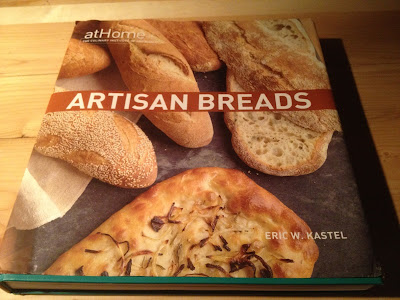My garden is almost ready to plant. The pigs have been in and tilled it for me, all I have left is to remove a few rocks and give it a rake. We plan on building two more raised beds this year on our south facing hill that we have our fruit trees planted on. These beds are reserved for tomatoes and carrots. I was also going to put my peppers up there but I received some good advice from a friend today. Our season is short here so if I plant my peppers in pots I can extend the season a little by bringing them in on cold nights.
The garlic is well on its way. Last fall I planted most of it around our fruit trees. I read in Carrots Love Tomatoes that it is good against borers.
My seed list for this year:
Mammoth basil
Bouquet Dill
Grandma Einck's Dill
Santo cilantro
Borage
Dwarf jewel Nasturium
Dark orange calendula
Scarlet Nantes carrots
Yellowstone Carrot
Golden Sweet pea
Midori Giant Soybean
Dragon Langerie Bush Bean
Provider Bush Bean
Red Malabar Spinach
Pablo Lettuce
Mizuna
Mesclun Mix
Red Russian Kale
Siberian Kale
Lemon Cucumber
Red Kuri Squash
Detroit red beets
Vienna Purple Kohlrabi
Cossack Pineapple
Du Puy Lentils
Most I bought through Sage Gardens. They offer a good variety of organic Heirloom seeds. They also have lots of information and tips on the plants, seed starting and care. I plan on saving our own seeds this year. I bought a book last year that Seeds of Diversity put out about saving seeds.
We are going to grow potatoes this year using the stacking method. If you Google potato stacking method I'm sure you will see it done by using tires but Andrew is going to make me some wooden forms instead for stacking. I'm sure we will do a potato post when we plant them.
Plants that I will buy this year are tomatoes, peppers and zucchini. Not that my wonderful husband isn't busy enough already but I'm hoping he will have my green house built off the back of the barn for next spring so that I'm able to start all my own seeds. This week I will start the few that do need a little head start. Just a few though. I tried starting seeds last year but many failed to grow.
Why?
Too cool? I kept them in our basement in window sills.
Cats knocking them down and digging.
Dampening off.
The few plants that did grow were tortured, and left for dead, by Fern.
Yes... it was tragic.
But high hopes for this year.
I learned a lot last year and did more research this winter.
I'm feeling confident.




















































